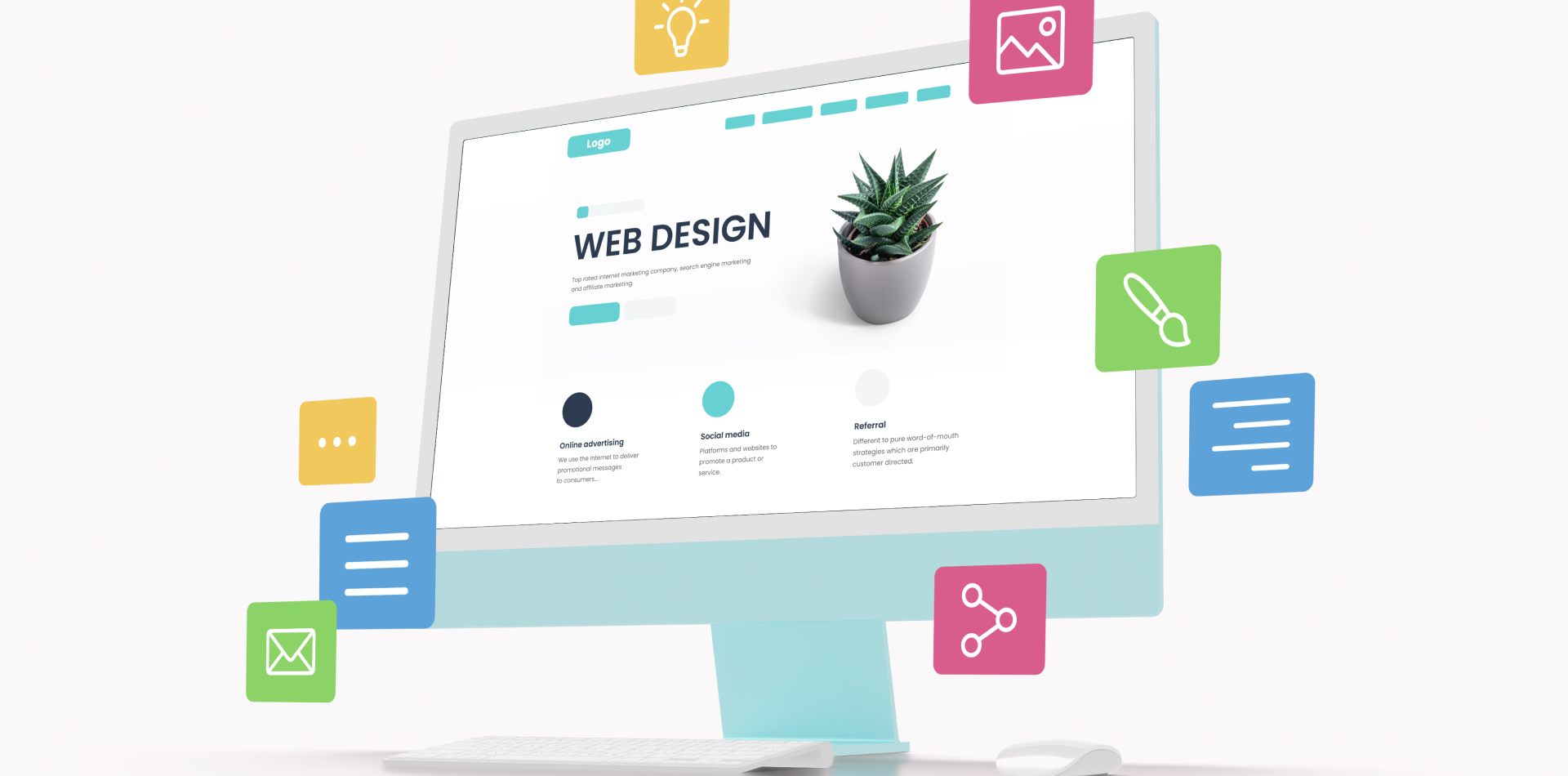Trust Isn’t Given—It’s Designed
Users don’t trust a brand because it says “Trust Us.”
They trust it because the experience feels reliable, human, and intentional.
Whether you’re designing a SaaS dashboard, e-commerce site, or mobile app—every detail either builds trust or breaks it. From color schemes to microcopy, good design silently communicates safety, credibility, and care.
In this blog, we’ll explore how great design enhances user trust, builds emotional connection, and keeps customers coming back.
🧠 Related read: Designing Onboarding Experiences for SaaS Products

1. Visual Consistency = Credibility
Our brains are wired to trust what feels familiar.
✅ Use consistent fonts, colors, and spacing
✅ Align elements grid-wise for clarity and balance
✅ Keep navigation and interaction patterns predictable
✅ Stick to your brand voice across every touchpoint
💡 Why it works: When things behave as expected, users relax. Consistency creates a sense of order and professionalism.
📌 Inspired by: Apple’s Human Interface Guidelines
2. Speed + Performance = Reliability
If your site lags, trust drops. Users interpret performance as professionalism.
🚀 Design tips that build trust through speed:
✔️ Optimize image sizes (use WebP or AVIF)
✔️ Use lazy loading for below-the-fold content
✔️ Minimize third-party scripts and analytics tools
✔️ Choose fast, modern hosting (especially for WordPress)
🧠 Related: The Importance of Website Speed in WordPress Design
🛠 Tools to test: GTmetrix, PageSpeed Insights
3. Emotional UX: Trust Through Microinteractions
Tiny details, like how a button animates or a form responds, can make a huge emotional impact.
✅ Use microinteractions to show system feedback
✅ Make forms user-friendly (real-time validation, error tips)
✅ Add visual responses like checkmarks or loading spinners
✅ Show users their actions have been acknowledged
💡 Why it works: These cues make your app feel alive and responsive, not cold or mechanical.
🎨 Tool tip: Try LottieFiles for smooth animations without bloating your site.
4. Clarity Over Cleverness in Copy
Don’t be cute at the cost of being clear.
✅ Label CTAs clearly (“Start Free Trial” > “Let’s Do This”)
✅ Avoid jargon or vague UX writing
✅ Always answer: “What is this? Why should I care?”
🎯 Clear copy is a trust signal—it respects the user’s time and intelligence.
🧠 Bonus tip: Use social proof near CTAs (“Trusted by 10,000+ teams worldwide”) to boost confidence.
5. Transparency Through UX Patterns
Users want to feel in control. Design flows that explain, not trick.
✔️ Use progress bars in onboarding or checkout
✔️ Show total pricing early (avoid hidden costs)
✔️ Let users preview what happens next
✔️ Provide easy exits or “undo” options
💡 Avoid dark patterns. Misleading design erodes trust—fast.
📚 Must-read: https://www.deceptive.design/
6. Visuals That Reflect Real Users and Real Use
Stocky, fake, or exaggerated imagery kills authenticity.
✅ Use illustrations or photos that reflect real use cases
✅ Highlight customer stories, not just product features
✅ Show people—faces create emotional connection
✅ Avoid over-promising visuals or exaggerated testimonials
📌 Tip: Add trust badges, ratings, and certifications near key actions.
🧠 Design hint: Don’t just tell users what you offer—show how it fits into their life.
Real-World Case Study: Trust-Building by Design
A fintech startup wanted to boost onboarding completion.
❌ Their UI looked sterile, loaded slowly, and had confusing CTAs.
❌ Trust scores from new users were low.
They redesigned with:
✅ Soft, calming color palette
✅ Microcopy that empathized (“We value your time. This takes 2 mins.”)
✅ Progress bar + animated checkmarks
✅ Real faces on testimonial cards
📈 Result: A 62% boost in user activation and 44% increase in trial-to-paid conversion.
Design didn’t just look better—it made users feel safer.
Design Mistakes That Erode Trust
❌ Inconsistent design across pages or platforms
❌ Cluttered interfaces with no clear action
❌ Broken links or outdated visuals
❌ Long forms with no explanation
❌ Slow mobile responsiveness
Every design flaw whispers: “This isn’t reliable.”
Every design delight says: “You’re in good hands.”
Tools for Trust-Driven Design
🛠 Figma – For prototyping and visual consistency
🧪 Hotjar – Understand what users trust/click
📊 Mixpanel – Track loyalty-building behaviors
🔍 Google Optimize – A/B test your trust elements
📷 Unsplash – Realistic, non-stocky imagery
Final Takeaway: Trust is Designed, Not Declared
The most successful digital products feel like safe spaces.
They don’t scream “trust me.” They quietly earn it through every click, scroll, and word.
So the next time you’re choosing a font, button label, or layout—ask:
Does this make the user feel confident? Does it build or break trust?
Because when users trust your product, they stick around.
And when they stick around, they become loyal.
💬 What Design Choice Helped You Earn Trust?
Have you used color, copy, layout—or something unexpected—to build loyalty?
Share your design tips or examples in the comments 👇 and let’s grow together!




4 Comments
Rachel Nguyen
11 July 2025Interactive > informative 👏 Can’t agree more. Real tasks are the key!
Emily Ford
11 July 2025So many practical examples! Already rethinking our first-time user flow .
Chloe Rivers
11 July 2025Personalized onboarding is a game-changer! Love the role-based ideas 🙌
Leo Barrett
11 July 2025Real-world example really hit home. From 10 steps to 3—and 65% uplift! 🔥